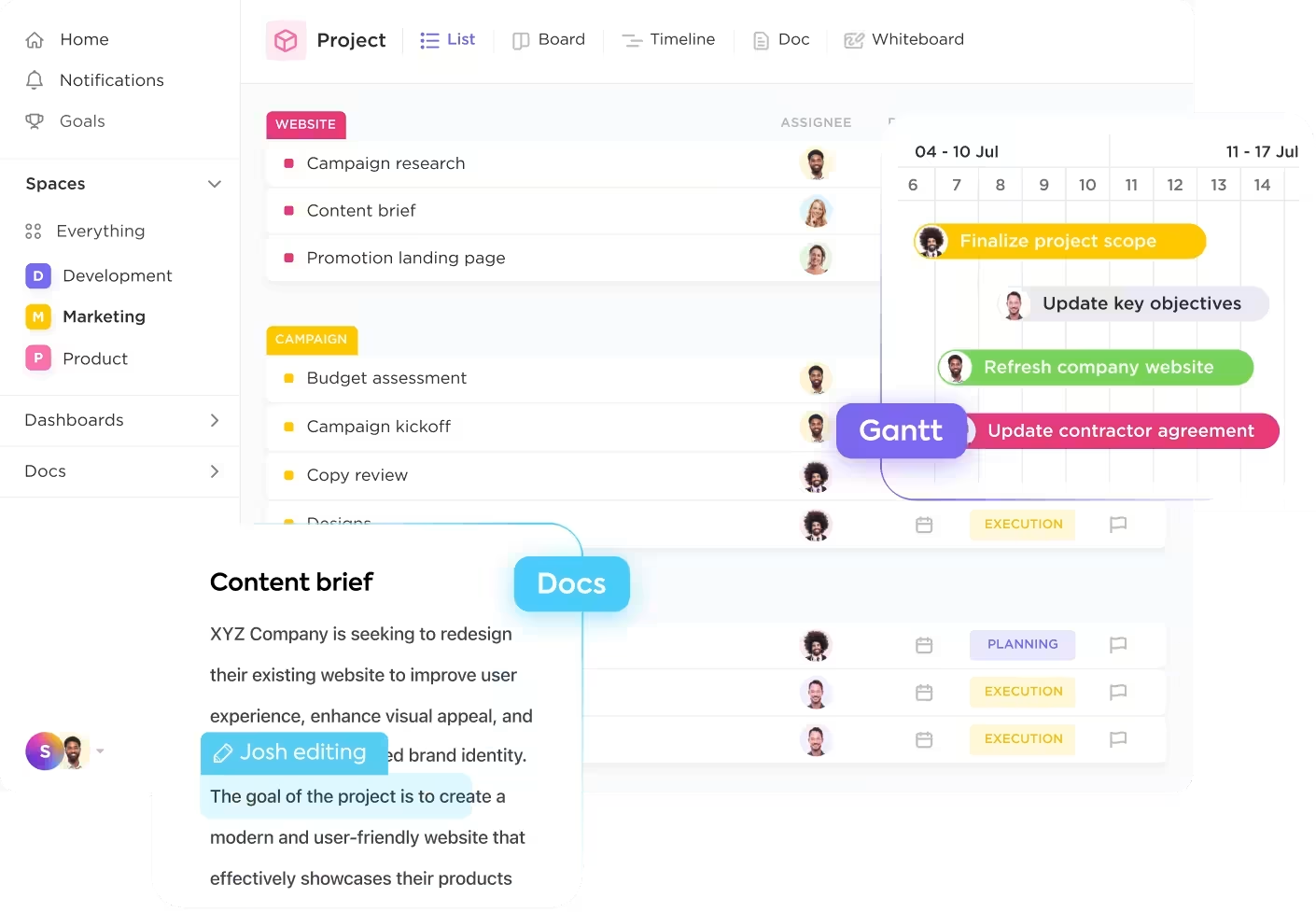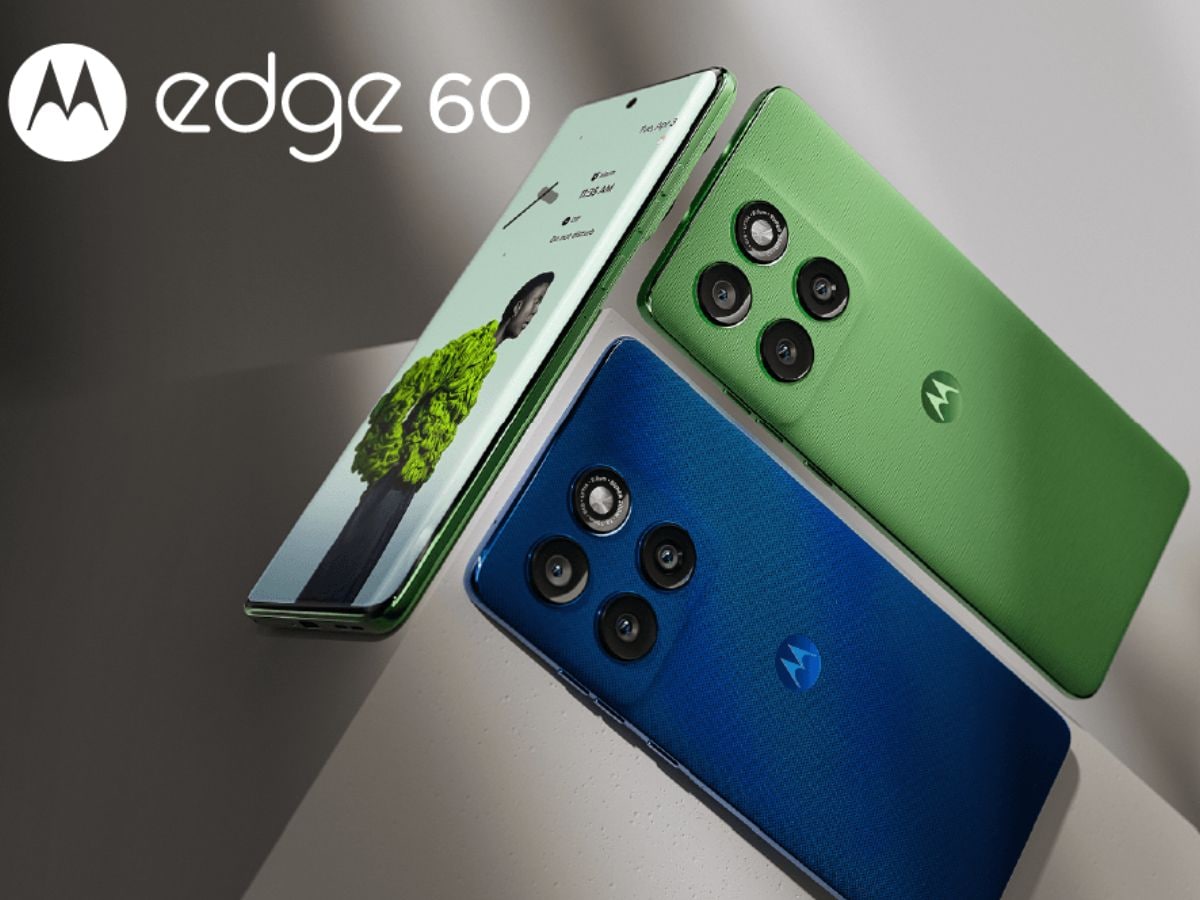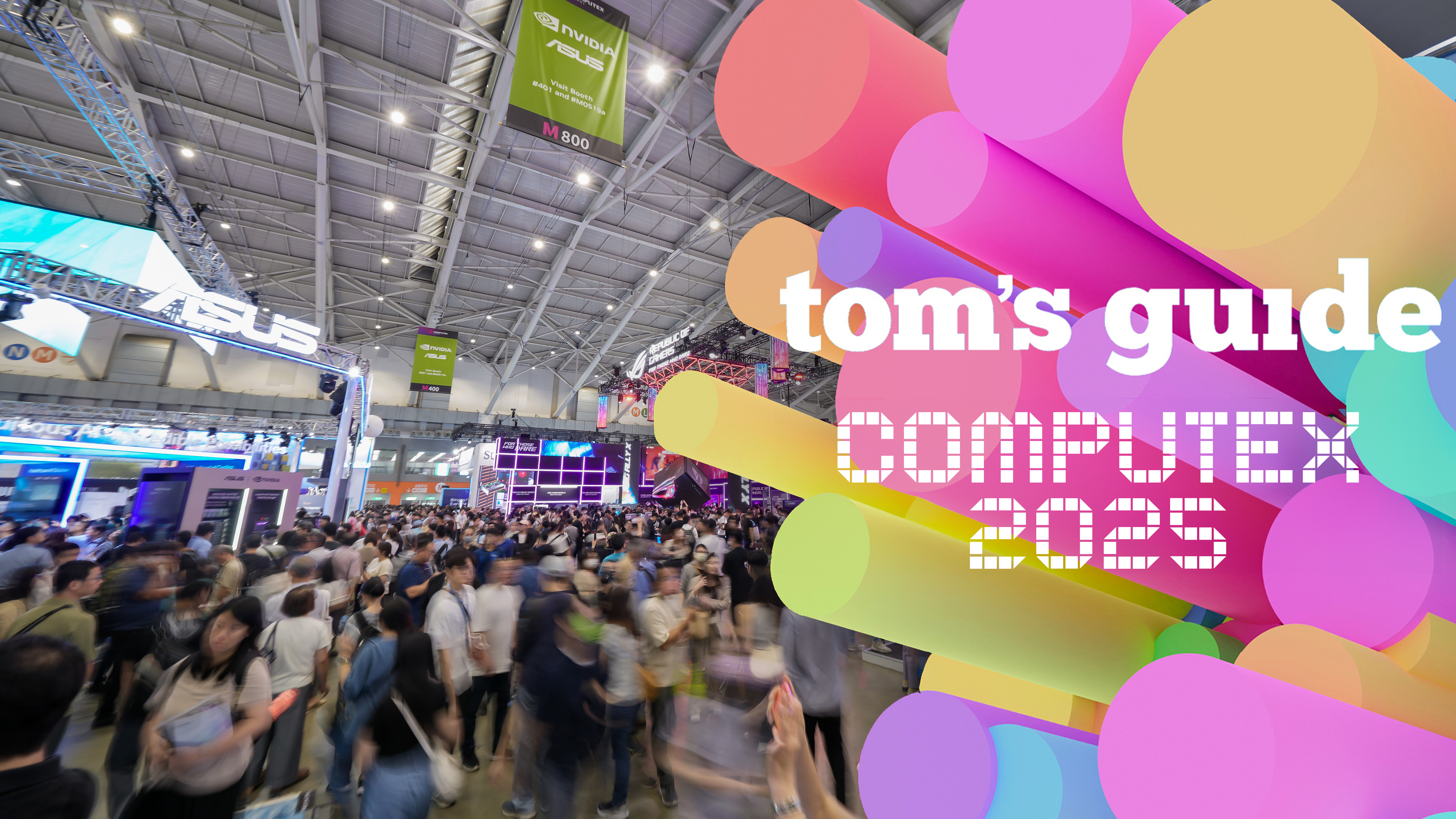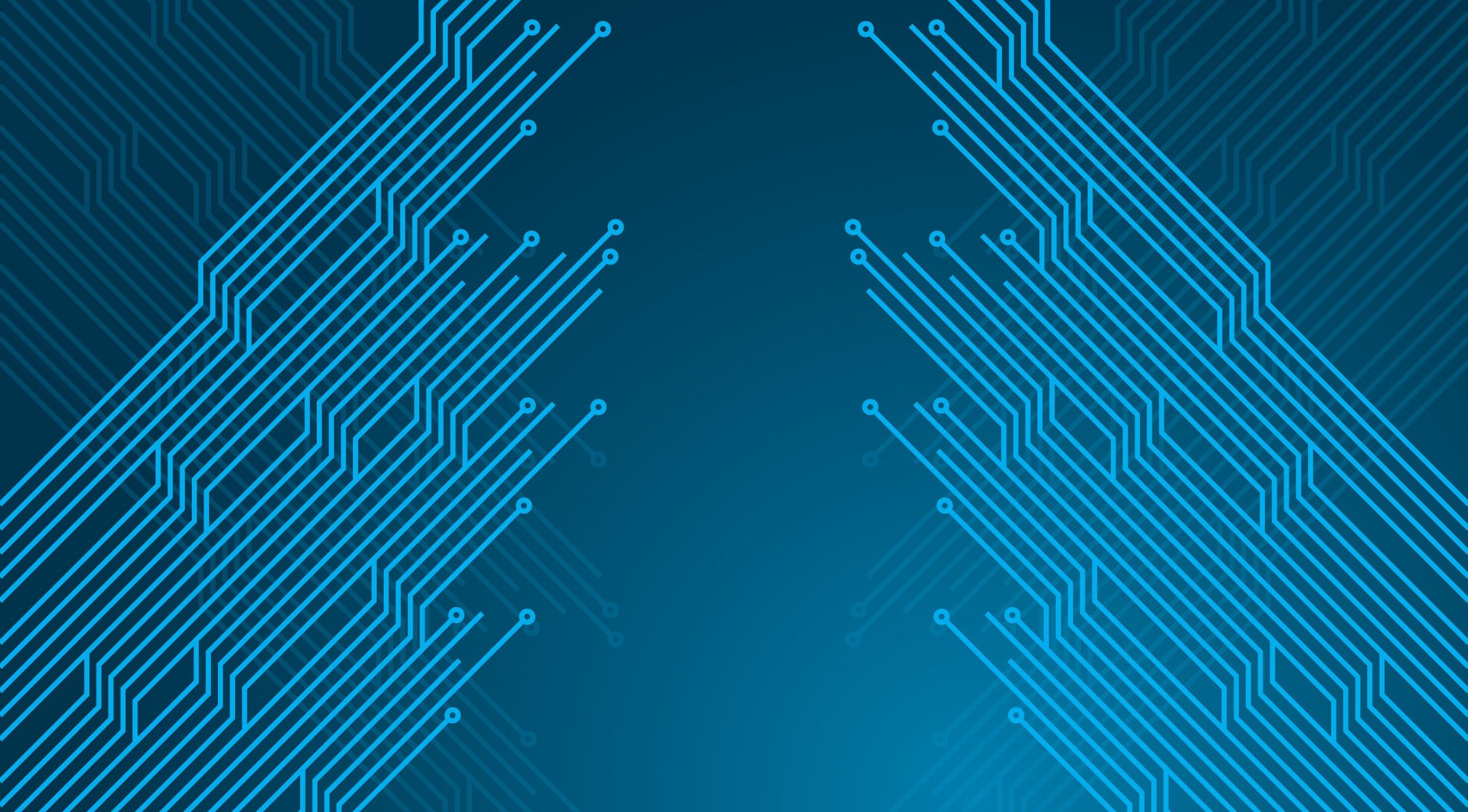One influencer sips a canned drink on camera. The next day, it’s sold out.
That’s not magic, it’s a solid influencer marketing campaign in motion.
What started with sponsored selfies has evolved into full-blown influencer campaigns that drive serious results. Think user-generated content flooding feeds, social media influencers shaping purchase decisions, and brands tracking every click, comment, and conversion.
But none of it happens by accident. The best influencer marketing efforts are built on smart choices like picking the right influencer, knowing your target audience, and creating content that actually fits the scroll.
From indie beauty brands to global tech giants, everyone’s in the game. And the playbook? It’s constantly evolving.
15 Best Influencer Marketing Campaign Examples & Key Takeaways
⏰ 60-Second Summary
Trying to crack the code on influencer marketing? Here’s how to create campaigns that don’t just go live but actually go viral:
- Spot what works across industries: with 15 standout influencer marketing examples from brands like Fenty, Duolingo, Gymshark, and Apple
- Build smarter campaigns from day one: by choosing the right influencers, setting sharp goals, and crafting content that feels native—not staged
- Go beyond one-and-done collabs: with long-term partnerships, user-generated content, and creator-led storytelling that audiences actually trust
- Keep your strategy future-proof: by leaning into trends like nano influencers, community-led content, and platform-native search behavior
- Manage it all in one place: with Tasks, Table View, Goals, Automations, Dashboards, and Brain, built to support every part of your campaign flow
Plan, track, and scale influencer campaigns that hit harder and stick longer.
What Is an Influencer Marketing Campaign?
A solid influencer marketing campaign is a carefully planned collaboration between a brand and an influencer. It’s is designed to deliver on specific marketing goals.
Influencer marketing campaigns are how beauty brands get real-time tutorials trending, how SaaS companies tap into social media platforms with expert explainers, and how fitness startups partner with micro-influencers to generate buzz before a launch.
Here’s what goes into a typical campaign:
- A clearly defined target audience: Who you’re trying to reach and where they’re most active
- The right type of creator: Whether that’s macro influencers for reach or niche influencers for trust
- A platform-first content strategy: What kind of influencer content works on which social media channels
- A real campaign structure: Not one post, but a series of influencer collaborations, sponsored posts, and story integrations
- Measurable marketing objectives: From boosting sales to increasing social media engagement
The most effective influencer marketing campaigns don’t try to hijack a feed; they blend in and convert.
When a creator’s content feels authentic to their style and aligned with your brand’s values, you’re promoting your brand and building trust. That’s what makes a campaign work.
Top Influencer Marketing Campaign Examples
Some influencer campaigns go viral. Others go quiet. What separates the two? A sharp strategy, the right creator, and content that doesn’t feel like an ad. Here are some blockbuster influencer marketing campaigns that did what they set out to do!
1. Dunkin’ x Charli D’Amelio
When Charli D’Amelio posted her go-to Dunkin’ drink on TikTok, it didn’t just rack up views. But it also led to a 57% increase in app downloads the day it launched and a 20% boost in cold brew sales. The drink was renamed The Charli, and her fans ran with it.
Why it worked?
- Charli’s followers trusted her love for the drink—it didn’t feel like an ad
- Dunkin’ leaned into user-generated content, encouraging fans to share their own orders
Key takeaway: Find a social media influencer (or bonafide celebrity) whose audience is likely to follow their actions and buy products they endorse. Then let the influencer them lead the narrative.
2. Gymshark’s 66 Days: Change Your Life Challenge
Gymshark didn’t just sponsor fitness influencers, but they gave them a structured challenge that their communities could join. Participants committed to 66 days of transformation, tracked progress, and shared updates on various social media platforms.
Why it worked?
- It wasn’t just about gear but about lifestyle
- The community aspect created high social media engagement and brand loyalty
Key takeaway: Campaigns with built-in community interaction drive long-term engagement, not just a one-time click. And here, the work and public image of the participants/influencers in this campaign aligned very strongly with Gymshark’s offerings.
💡Pro Tip: Looking for influencer marketing ideas? Try Brain. Brin users can choose from multiple AI models, including Claude, ChatGPT, and more.

3. Daniel Wellington’s #DWPickoftheDay: From Zero to Global Fashion Statement
Daniel Wellington didn’t have the budget for celebrity endorsements in their early days but they had a clever idea. Instead of chasing A-listers, they gifted minimalist watches to micro-influencers with sleek Instagram aesthetics.
The only ask? Post a styled photo with the hashtag #DWPickoftheDay and tag the brand.
Within months, social feeds were flooded with DW content not ads, but authentic snapshots that felt like fashion inspiration.
Why it worked?
- It created social proof at scale: Thousands of real people wearing the watch made it look like the watch to own
- The initiative invited creativity: Influencers could make the product part of their own story, not someone else’s script
- It gamified visibility: Followers aspired to get featured on DW’s page, driving organic reach
Key takeaway: A strong influencer marketing campaign doesn’t need a celebrity face. It needs a clear aesthetic, scalable outreach, and a reason for creators (and audiences) to care.
4. Fenty Beauty’s inclusive launch campaign
Fenty didn’t roll out ads. They handed their entire product line to a diverse range of influencers across skin tones and content styles. These creators posted everything from tutorials to no-filter reviews, especially on their terms.
Why it worked?
- Authentic content crushed any perception of bias
- It quickly positioned Fenty as an inclusive, real brand
Key takeaway: If your brand values inclusion, reflect that in the creators you collaborate with.
5. HelloFresh’s long-term creator partnerships
HelloFresh didn’t chase viral moments. Instead, they built consistent partnerships with YouTubers and Instagram creators who naturally fit the brand’s vibe. Their names and discount codes became familiar over time, boosting trust and conversions.
Why it worked?
- Repetition created recall
- Audiences got used to seeing the brand in relatable, everyday contexts
Key takeaway: Long-term influencer partnerships feel more genuine and are often more effective than one-off campaigns.
6. Glossier: Turning customers into influencers
Glossier built a beauty brand and a movement. By leveraging its blog, Into the Gloss, the brand invited everyday users to help shape products before they even launched. Then it handed over the social spotlight to real customers, not just influencers.
Fans weren’t just buying makeup. They were building it and telling everyone about it.
Why it worked?
- Customer feedback shaped the product line, building loyalty and buzz even before the launch
- Real users created high volumes of authentic content, boosting organic reach
- Word-of-mouth felt genuine because it was the customers who became advocates
Key takeaway: Your most powerful influencers might already be your customers. Give them a platform and let them lead.
7. Coca-Cola’s “Share a Coke” Campaign
Coca-Cola swapped its iconic logo for something even more personal, i.e. your name. The “Share a Coke” campaign printed popular names on bottles, encouraging fans to find, share, and post them. It quickly became a viral sensation, turning a classic product into personalized content.
Why it worked?
- Personalization made the product feel emotionally relevant
- Fans organically shared bottles across Instagram and Facebook, amplifying reach
- The campaign created moments worth capturing and tagging
Key takeaway: Personalization turns products into shareable experiences. If people see themselves in it, they’ll share it.
8. Airbnb’s “Live There” Campaign
Airbnb wanted travelers to ditch tourist traps and “live like locals.” So, they partnered with travel creators and local influencers to spotlight hidden gems and authentic experiences. The message? Don’t just stay somewhere; belong there.
Why it worked?
- Influencers showcased local culture instead of polished promotions
- The campaign built trust by aligning content with traveler values, authenticity, and connection
- It sparked curiosity about less-explored destinations, broadening Airbnb’s appeal
Key takeaway: Influencer marketing is about the lifestyle they unlock.
9. ASOS Insiders: Influencers in-house
Instead of chasing external influencers, ASOS created the ASOS Insiders. These were real employees and micro-influencers who posted their daily outfits, styling tips, and product links on Instagram, creating a shoppable, relatable feed.
Why it worked?
- ASOS built long-term creator relationships, turning employees into authentic brand voices
- Each Insider had their own niche and audience, expanding reach across demographics
- Shoppable links drove conversions directly from content
Key takeaway: Building in-house influencer programs gives you consistent, branded content that still feels personal.
10. Subaru’s #MeetAnOwner Campaign
Subaru flipped the script by making their car owners the stars. Through #MeetAnOwner, they partnered with adventure influencers and creatives who genuinely drove Subarus. They captured road trips, mountain climbs, and real-life moments behind the wheel.
Why it worked?
- Influencers were real Subaru fans, not just paid promoters
- The lifestyle-focused content resonated with Subaru’s outdoorsy, values-driven audience
- UGC boosted relatability and trust across social platforms
Key takeaway: Don’t just sell the product rather sell the lifestyle that comes with it, using people who already live it.
11. Duolingo’s Unhinged TikTok strategy
Duolingo didn’t play it safe on TikTok. Instead, their green owl mascot leaned into chaotic, self-aware content that poked fun at brand behavior and followers couldn’t get enough. Duolingo paired internal social managers with trending audio, internet humor, and witty responses that blurred the line between marketing and memes.
Why it worked?
- It didn’t feel like marketing but it felt more like entertainment
- Duolingo’s content played into the platform’s language, not against it
- Their mascot became a TikTok personality, not just a logo
Key takeaway: Sometimes, the best influencer is your own brand persona if you give it a strong, scroll-stopping voice.
12. Chipotle’s #GuacDance challenge
To celebrate National Avocado Day, Chipotle launched a TikTok campaign inviting fans to show off their best “GuacDance” using a trending sound. With popular creators like Brent Rivera and Loren Gray kicking things off, the hashtag blew up and so did online orders.
Why it worked?
- The challenge was easy, fun, and designed for virality
- Top creators seeded the trend, driving massive initial traction
- It tied directly to a promotion: free guac for all digital orders
Key takeaway: Combine influencer momentum with platform-native challenges to create viral loops and sales spikes.
13. Zara’s Minimalist, UGC-Led Instagram Approach
Zara didn’t rely on traditional influencers or even post much themselves. Instead, they created an Instagram ecosystem where minimal brand posts let curated user generated content shine.
Their hashtag campaigns like #DearZara and #ZaraStyle encouraged aesthetic, editorial-style uploads that matched the brand’s luxe but accessible vibe.
Why it worked?
- A low-frequency, high-curation strategy made each post feel premium
- Their feed became aspirational and achievable, which is a rare combo
- UGC became the primary discovery driver through style replications
Key takeaway: You don’t always need influencers with a huge following, sometimes your most powerful campaign is in how you curate what already exists.
14. Apple’s #ShotOniPhone Campaign
Apple turned every customer into an ambassador with its #ShotOniPhone campaign. Rather than push technical specs, the brand showcased real photos and videos taken by users around the world. Then featured them in global billboards, Instagram reels, and product launches.
Over 27 million photos have been tagged with #ShotOniPhone to date.
Why it worked?
- It celebrated what users could do, not just what the phone could do
- Featuring real content made the campaign feel inspiring, not staged
- It sparked a community of creators who elevated the product on their own
Key takeaway: UGC at scale becomes an influence when your product delivers results people want to show off.
15. Sephora Squad: A creator collective done right
Instead of quick-fire partnerships, Sephora built the Sephora Squad. A year-long influencer program that mixed established creators with emerging talent. Members got early access to products, invites to events, and the ability to shape campaigns, creating a more collaborative influencer ecosystem.
Why it worked?
- It prioritized long-term collaboration over transactional content
- Creators became emotionally invested in the brand’s evolution
- The mix of micro- and macro-influencers created reach and niche credibility
Key takeaway: Build relationships, not just campaigns. Long-term squads can create loyalty, deeper storytelling, and a content flywheel.
How to Plan Your Own Influencer Marketing Campaign
Great campaigns don’t happen by accident. They’re built, from the first DM to the final dashboard report. And if you’ve just seen what works in the real world, this is where you make it work for yours.
Let’s break it down into four parts, starting with what most brands get wrong at the very beginning: choosing the wrong creator.
Step 1: Identifying the right influencers for your brand
Don’t chase follower counts, instead go for a proper fit. A creator can have a million followers and still miss your audience completely. The right influencer is someone whose content, tone, and values match what your brand stands for and who your target audience actually trusts.
Here’s how to get that match right:
- Define your influencer personas: Think micro-influencers for niche trust, mega influencers for reach, and employees or customers for relatability
- Analyze the influencer’s audience: Who follows them? What content gets the most engagement? Are their followers potential buyers or just passive fans?
- Check brand alignment: Do their posts already reflect your brand values, aesthetics, or tone?
- Keep your details in a proper database: The Table View will help you build and sort lists of influencers by category, audience size, engagement rate, and industry
💡 Pro Tip: Use Custom Fields to sort relevant influencers by audience type, past brand collaborations, or outreach status.
Step 2: Setting campaign goals and performance metrics
Before you launch a campaign, know what success looks like. Are you trying to boost sales, drive website traffic, or raise brand visibility? If your answer is “all of the above,” it’s time to narrow the focus.
The best influencer marketing campaigns are guided by sharp goals. That starts with defining what you’re measuring and why.
Here’s how to set smart benchmarks:
- Start with clear marketing objectives: Awareness, engagement, conversions—pick one core priority and build the rest around it
- Identify the right performance metrics: Views, saves, clicks, swipe-ups, code redemptions, whatever aligns with your campaign goals
- Use historical data to set realistic benchmarks: Past campaigns, competitor averages, or platform-specific trends
To keep everything trackable in real time, teams often build campaign dashboards using Goals for measurable targets and Dashboards to monitor metrics across influencers and platforms. You can even automate reminders and updates using Automations, so progress never falls through the cracks.


You don’t want dozens of cumbersome spreadsheets to stay aligned. You just need the right structure, goals that match the business, and tools that surface the numbers when they count
If you want to learn more about how to use AI for automations, check this out 👇
Step 3: Creating engaging & authentic content collaborations
You can’t fake a connection. And you can’t expect results from copy-paste captions. The best influencer content feels real because it is rooted in the creator’s voice, shaped around your product, and delivered with the kind of energy that scrolls stop for.
Here’s how to get there:
- Prioritize authentic content: Let creators speak in their own language. Scripts feel safe but rarely perform
- Encourage user-generated content: Reviews, reactions, tutorials, all the formats that look organic and blend into feeds
- Go cross-format: Combine social media posts, sponsored content, and even takeovers to cover all angles
- Keep collaboration open: Give guardrails, not handcuffs. Provide creative freedom with a clear campaign backbone
Before anything goes live, the ideation has to land. Brain helps you build that foundation very quickly. It’s your creative co-pilot for every brief, post, and pitch, from generating content ideas and rewriting captions to optimizing tone and structure.
Once you’ve nailed the concept, it’s time to lock in the plan. The Content Calendar Template helps marketing teams schedule influencer posts, track deadlines, and align campaigns across platforms, without losing momentum.
Why it works:
- Centralizes posting schedules for all creators in one place
- Offers a visual timeline for quick deadline tracking
- Helps teams assign ownership and streamline approvals
Need to brief your influencers or structure editorial flow? The Editorial Calendar Template and Content Writing Template help teams align on topics, tone, and messaging without going back and forth. For quick check-ins, feedback loops, or last-minute changes, Chat keeps your team and collaborators in sync.
Step 4: Tracking & analyzing campaign success
If you’re only measuring likes and comments, you’re missing the full picture. A campaign successful on the surface might be underperforming deeper down the funnel.
To truly understand what worked and what didn’t, you need structured data tracking and a tight feedback loop.
Here’s how to make post-campaign analysis actually useful:
- Go beyond vanity metrics: Track deeper metrics like saves, shares, watch time, swipe-ups, and DMs to gauge real social media engagement
- Compare against initial campaign goals: Did you hit your target KPIs? Were there any surprises worth replicating?
- Capture creator-level insights: Who performed best by platform, post format, or audience response? What kind of influencer content actually converted?
simplifies the review process by centralizing everything in one view. Teams use Dashboards to track post performance across platforms and creators without needing to hop between tools.


You can also break down review tasks and assign next steps through Tasks, keeping your team aligned on follow-ups or pivots. And if you’re scaling or planning your future campaigns, these insights aren’t just helpful—they’re non-negotiable.
The takeaway? You don’t just run a campaign. You learn from it. And then you build something sharper next time
Influencer Marketing Trends and Future Predictions
The best campaigns don’t feel like campaigns anymore. They feel like culture. And that’s exactly where influencer marketing is headed: off the grid, into the group chat, and led by creators who’d never call themselves influencers.
Here’s where the smart brands are already playing:
- Tiny creators, massive impact: Nano and micro-influencers are winning in spaces where big names flop. Their content feels real, their DMs get replies, and their followers care. Brands looking for ROI and not vanity metrics are going smaller, not bigger
- No more one-and-done collabs: The hit-and-run sponsored post is fading. What’s working? Creator series, ambassador squads, and long-term partnerships that feel less like marketing and more like friendship in public
- From polished to personal: Glossy edits are out. Raw stories, chaotic memes, and creators oversharing in a 2-minute video? That’s what’s getting saves, shares, and purchases. People buy from people who feel like them and not brands that look perfect
- Creators as search results: TikTok is on the verge of replacing Google for product discovery. That means influencer content isn’t just for the feed, it’s your SEO strategy. Educate, review, explain, repeat
- The real stuff happens in the DMs: Reddit, Telegram, Discord, and even group chats—this is where influence lives now. It’s not all trackable. But it’s where trust (and purchases) are happening without anyone hitting “like”
Influencer marketing isn’t dying. It’s just growing up. And the brands willing to follow the audience instead of the algorithm will win what actually counts: attention, trust, and loyalty.
The most successful influencer marketing campaigns lead the conversation. Whether you’re partnering with a micro-influencer or building an always-on creator program, the goal stays the same: a real connection that amplifies your brand’s marketing efforts and drives results.
Now that you’ve seen what fuels effective influencer marketing campaigns, it’s time to put those insights into action. Backed by the right brand ambassadors, a clear message, and an effective influencer marketing strategy, your next campaign won’t just perform, it’ll stick.
Try today to map your strategy, manage creator workflows, and launch influencer campaigns that actually convert.


Everything you need to stay organized and get work done.














